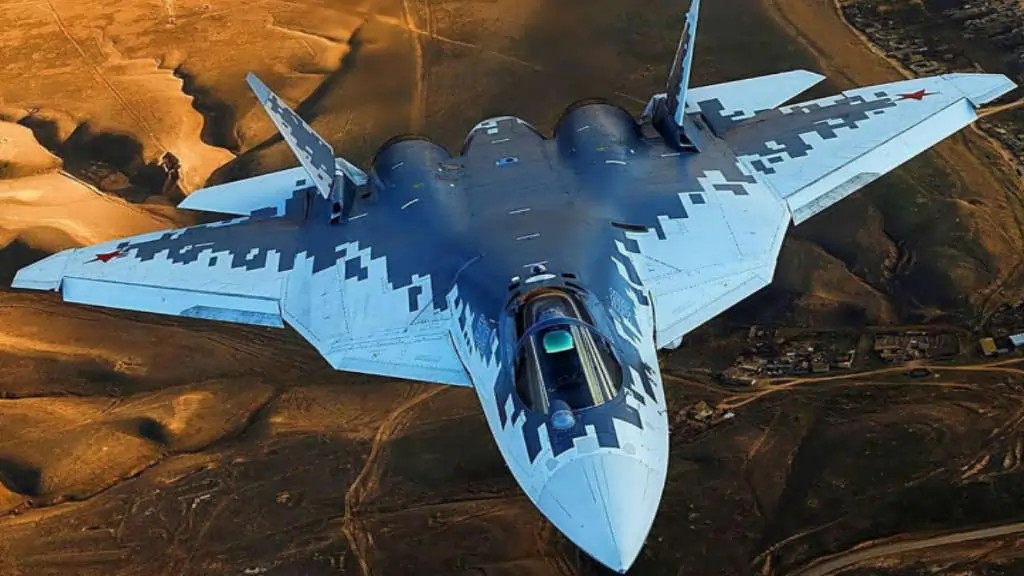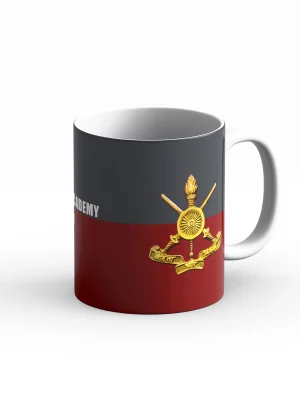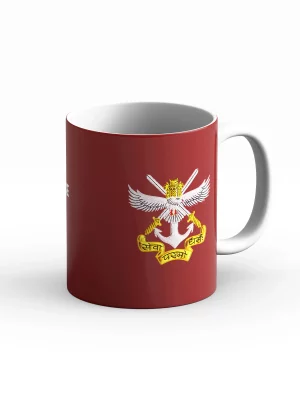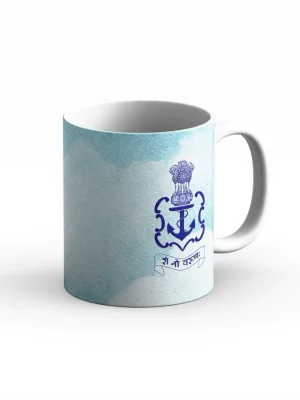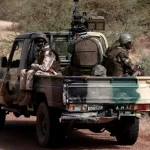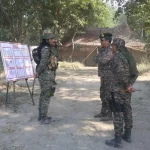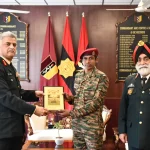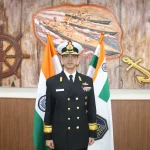The Indian Air Force (IAF) has raised serious concerns over the stealth performance of Russia’s Su-57E fifth-generation fighter, citing multiple technical shortcomings that compromise its radar signature reduction—particularly from the rear aspect, according to a Zee News (Hindi) report.
IAF’s evaluation team reportedly identified the aircraft’s exposed engine section as a major vulnerability, which negates many of the benefits achieved through advanced shaping and radar-absorbent materials. Experts found that the Su-57E’s engine panels and nozzle layout closely resemble legacy Soviet-era designs, such as those of the Su-27 series, leading to a larger radar cross-section (RCS). Preliminary tests indicate the Su-57E’s RCS lies between 0.1 and 1 square metre in the frontal sector—significantly higher than the Lockheed Martin F-35’s 0.001 square metre profile.
Analysts note that Russia’s design philosophy for the Su-57 prioritises raw engine thrust over stealth optimisation. The fighter’s Saturn AL-41F1 engines deliver exceptional power but at the expense of low observability and thermal signature control. This diverges from Western fifth-generation aircraft, which balance propulsion efficiency with radar and infrared stealth integration.
The IAF has reportedly conveyed these findings to Russian officials, making it clear that India will not move forward with discussions until the stealth deficiencies are resolved. The evaluation is part of India’s ambitious plan to procure 114 next-generation fighters under the MRFA (Multi-Role Fighter Aircraft) programme, estimated at around USD 20 billion. The Su-57E remains a key contender in this competition for advanced air dominance.
In response, Russian defence industry representatives have begun testing new composite materials and heat-shield assemblies at the Gromov Flight Research Institute. These modifications are expected to reduce infrared emissions by 40–50 percent. However, New Delhi has sought a clear implementation timeline and assurances that these upgrades will coincide with the integration of the new AL-51 (Izdeliye 30) engine, which is still under development.
The IAF remains sceptical of the current AL-41F1-based variant’s claim to fifth-generation stealth standards. It has also requested long-term performance data on the Su-57E’s radar-absorbent coatings to evaluate durability and maintenance requirements under Indian climatic conditions. Past experience with Russian aircraft has shown that radar-absorbent materials degrade quickly in hot and humid environments, driving up operational costs.
Further, the Air Force has highlighted structural inconsistencies such as uneven panel alignment and suboptimal sensor aperture shaping—factors that increase radar reflection. Given that stealth performance depends heavily on manufacturing precision, the IAF considers these imperfections critical and has urged Moscow to address them.
Another major concern relates to long-term sustainment amid Western sanctions on Russia. Restricted access to imported avionics, semiconductors, and maintenance components could pose serious challenges to serviceability and future upgrades.
These evaluations come as India accelerates its indigenous fifth-generation Advanced Medium Combat Aircraft (AMCA) programme and continues parallel negotiations under the MRFA tender. The IAF leadership has emphasised that any foreign acquisition must complement India’s self-reliance goals and not create long-term dependency risks.
While Moscow continues to market the Su-57E as a cost-effective fifth-generation option, New Delhi’s stance reflects a shift toward a pragmatic balance between stealth performance, maintainability, and strategic autonomy. The final decision will depend on whether Russia can demonstrate credible improvements and provide verifiable stealth data in the next round of evaluations.

